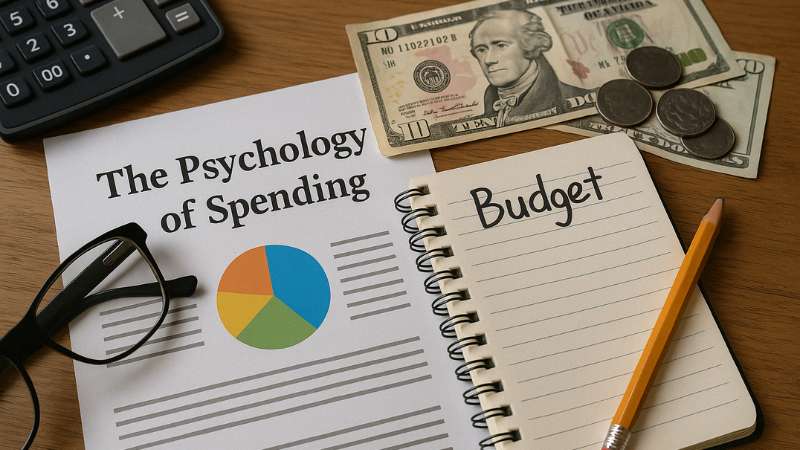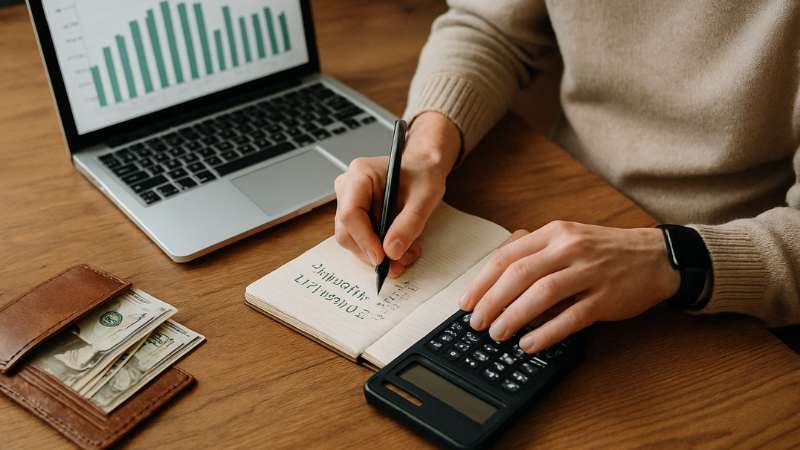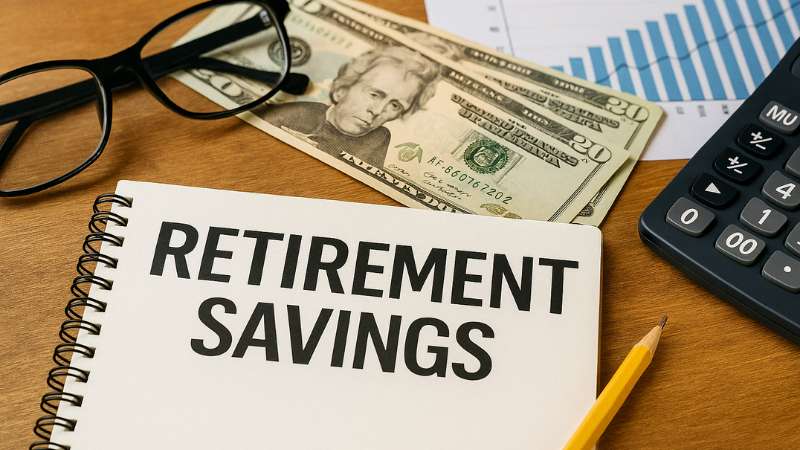
Budgeting should be simple. Money in, money out, don’t spend more than you earn—right?
But for most people, it’s not that simple at all. You set a budget with the best intentions, only to blow it the next weekend. You feel guilty after buying something you don’t need, or worse—you justify it because “you deserve it.”
This isn’t a failure of discipline. It’s behavioral finance in action—the study of how our emotions, habits, and thought patterns influence financial decisions in ways that often defy logic.
Understanding the psychology of spending doesn’t just help you save more. It helps you make peace with the part of your brain that doesn’t always do what’s “best”—and build a system that works with your emotions, not against them.
Behavioral Finance 101: The Brain Behind the Budget
Behavioral finance is a field that blends psychology and economics. It explains why people don’t always act in their own financial best interest—even when they know what they should do.
Classic examples include:
- Keeping a low-interest savings account while carrying high-interest credit card debt
- Overspending on experiences to avoid FOMO
- Avoiding your bank app when you already know you went over budget
One famous concept is mental accounting—the way we assign different values to money based on where it comes from. (Ever notice how easily you spend a tax refund vs. your paycheck?)
📊 A 2022 Morning Consult study found that 59% of U.S. adults have made purchases they later regretted, and more than half say their financial decisions are “at least somewhat emotional.”
In short: humans are emotional creatures. And when it comes to money, we don’t check our emotions at the door.
Why Spending Feels So Personal (and Emotional)
A Capital One and Decision Lab study found that 77% of Americans feel anxious about their financial situation, even among those earning $100,000 or more [https://www.capitalone.com/about/newsroom/americans-financial-wellness-report/].
One major driver? Emotional spending—using purchases to regulate mood, cope with stress, or create a sense of control.
📊 In 2023, Bankrate reported that 49% of Americans admitted to buying something to “feel better” in response to stress, sadness, or boredom [https://www.bankrate.com/banking/savings/impulse-buying-survey/].
Examples:
- After a tough day, you order takeout instead of cooking
- You buy a new outfit to feel more confident at an event
- You “celebrate” payday with an online shopping spree
This is the psychology of spending in action. And it’s completely normal.
How Your Money Mindset Is Formed
Your money mindset is the mental framework you use to interpret what money means to you. It’s shaped by:
- Childhood experiences
- Your parents’ attitudes toward debt and saving
- Cultural and generational influences
- Life events, like job loss or financial windfalls
- 📊 According to a 2023 Credit Karma survey, 69% of Americans say their financial habits are directly influenced by their parents, and nearly 1 in 3 Millennials say they were never taught how to budget.
- This is why some people avoid checking their balance entirely—it’s not just disorganization, it’s emotional discomfort rooted in learned beliefs.
Common Traps in Our Spending Habits
Spending habits are often driven by deep behavioral patterns. Behavioral finance research has identified several traps:
🔹 The Pain of Paying
Paying with cash is more “painful” than paying with a card.
📊 In a well-known MIT study, people were willing to pay up to 100% more for the same product when using credit instead of cash.
🔹 Present Bias
We heavily discount the future and prioritize short-term gratification.
📊 The American Psychological Association notes that 80% of people say they know saving for the future is important—but only 50% are actively doing it.
🔹 Lifestyle Creep
As income increases, so does spending.
📊 A 2023 LendingClub study showed that 60% of Americans making over $100,000 still live paycheck to paycheck [https://www.lendingclub.com/company/press-releases].
These patterns aren’t personal flaws. They’re predictable human responses.
How Different Generations Experience the Psychology of Spending
While the core emotional drivers behind money behaviors are universal, the way we experience them often reflects the generation we belong to.
🔹 Baby Boomers (born ~1946–1964)
Boomers tend to value security and long-term financial stability, shaped by the post-war economy and the rise of employer pensions.
They’re less likely to use budgeting apps but may be more disciplined with savings. However, rising healthcare costs and supporting adult children can lead to late-life emotional spending or financial anxiety.
🔹 Gen X (born ~1965–1980)
Often called the “forgotten generation,” Gen Xers came of age during economic uncertainty and tend to be financially cautious—but carry high debt loads.
📊 According to Experian, Gen X carries the highest average credit card debt of any generation (~$8,134 in 2023).
They are particularly vulnerable to present bias—balancing college savings, retirement, and daily life expenses at once.
🔹 Millennials (born ~1981–1996)
Millennials came of age during the Great Recession and student loan crisis, which heavily shaped their money mindset.
📊 72% of Millennials say financial stress affects their mental health (CNBC + Acorns, 2023).
They’re highly digital but also more prone to emotional spending and lifestyle creep, driven by social media comparisons and a desire for experiences.
🔹 Gen Z (born ~1997–2012)
The youngest generation is incredibly financially aware—but not immune to impulse. They favor loud budgeting and transparency, often talking openly about money online.
📊 54% of Gen Zers report tracking their spending weekly, but 39% say they’ve made purchases they instantly regretted, often influenced by TikTok or influencer trends (Morning Consult, 2023).
How to Make Budgeting Feel Less Emotional
Budgeting often fails because it becomes a battlefield of shame and restriction. But what if it became a tool for financial mindfulness instead?
Here’s how to shift the script:
✅ Use Categories That Reflect Your Values
Instead of “Entertainment,” try “Things That Make Me Feel Alive.” Labeling expenses in a value-based way makes spending more intentional.
✅ Track First, Then Judge
Track your spending for a month without changing anything. Awareness is the first step—guilt comes second (and usually isn’t helpful).
✅ Make Room for Emotions
Don’t eliminate emotional spending. Plan for it. Allocate money toward “joy,” “comfort,” or “celebration” so that you can embrace your feelings without sabotaging your finances.
✅ Use the Right System
Choose a method that matches your personality. If you’re detail-oriented, try zero-based budgeting. If you prefer flexibility, the 50/30/20 rule offers structure without rigidity.
Final Thought: Rational Money Is Still Emotional
The biggest lie in personal finance is that money is just numbers. In reality, it’s identity. It’s power. It’s safety. It’s emotion.
“Your spending is a reflection of your inner world—not just your outer income.”
Behavioral finance helps explain why we behave the way we do—and how we can build habits that honor our emotions without being ruled by them.
So the next time your budget feels “off,” don’t just tweak the numbers. Look deeper. Ask yourself what you’re feeling—not just what you’re buying.
That’s not weakness. That’s self-awareness.










